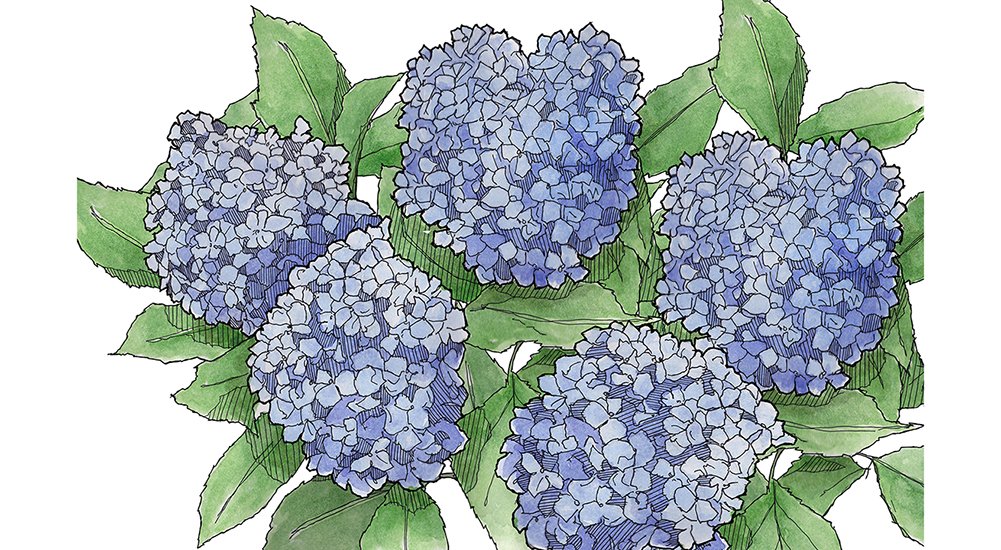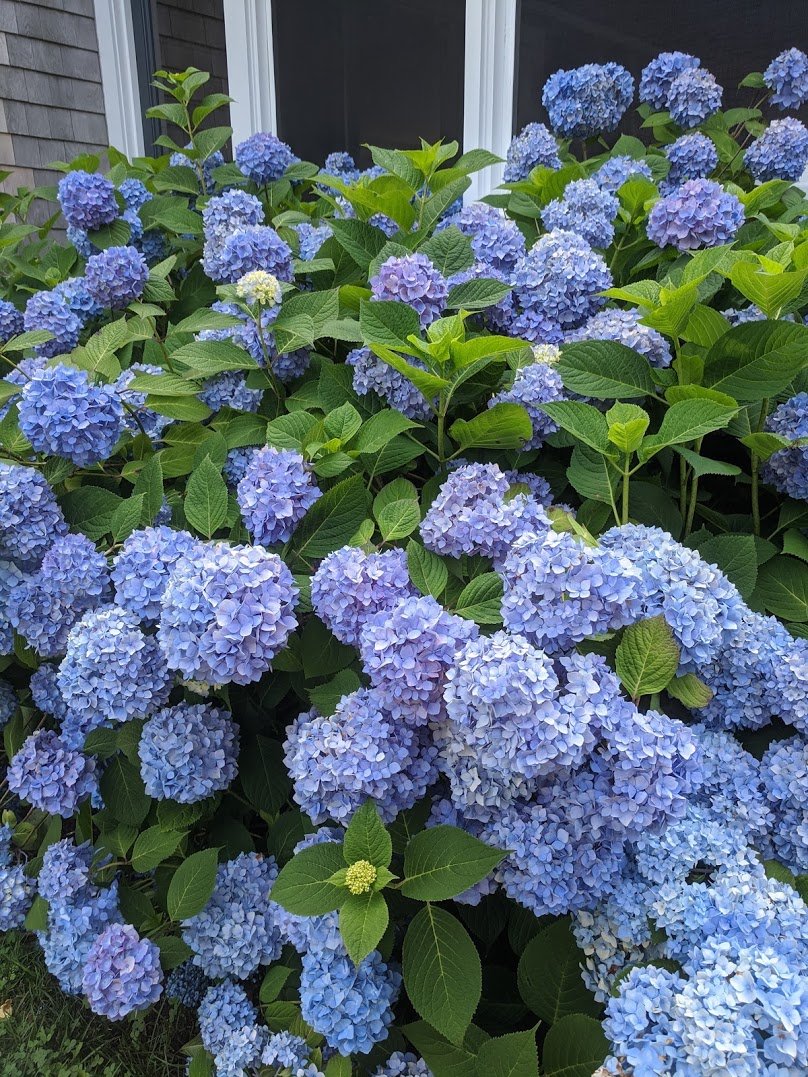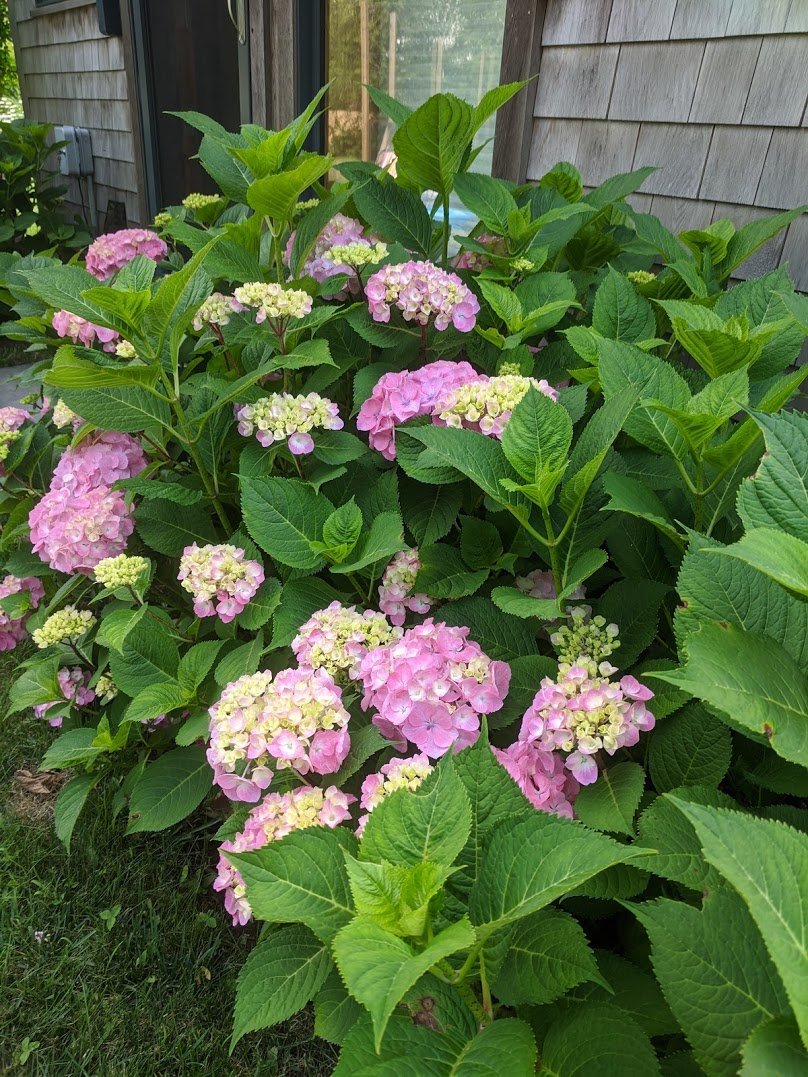****************************************
HYDRANGEA
PANICULATA
Panicle Hydrangeas
Panicle Hydrangeas are the no fuss hydrangea with long lasting blooms. They range in size from large to compact depending on variety, allowing for many planting options in the landscape. A late blooming shrub, they become the autumn stars when most other shrubs are no longer blooming. Triggered by air temperature fluctuations and day length Hydrangea paniculata go through a color transformation starting with an early summer white that fades to shades of pink or red before drying to beige in the winter. Their nectar-rich flowers attract butterflies and bees late into the season, providing them with a vital food source.
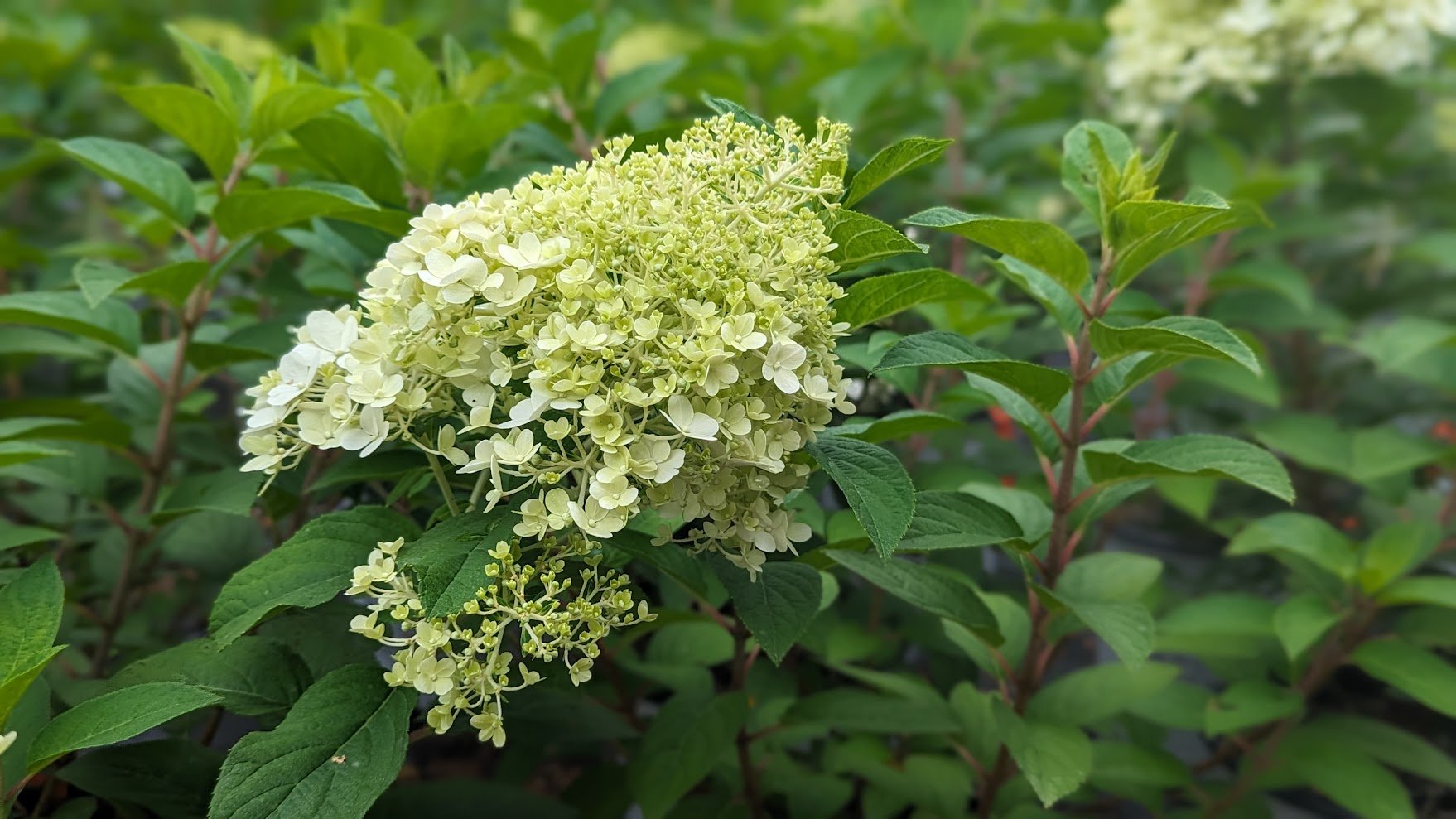
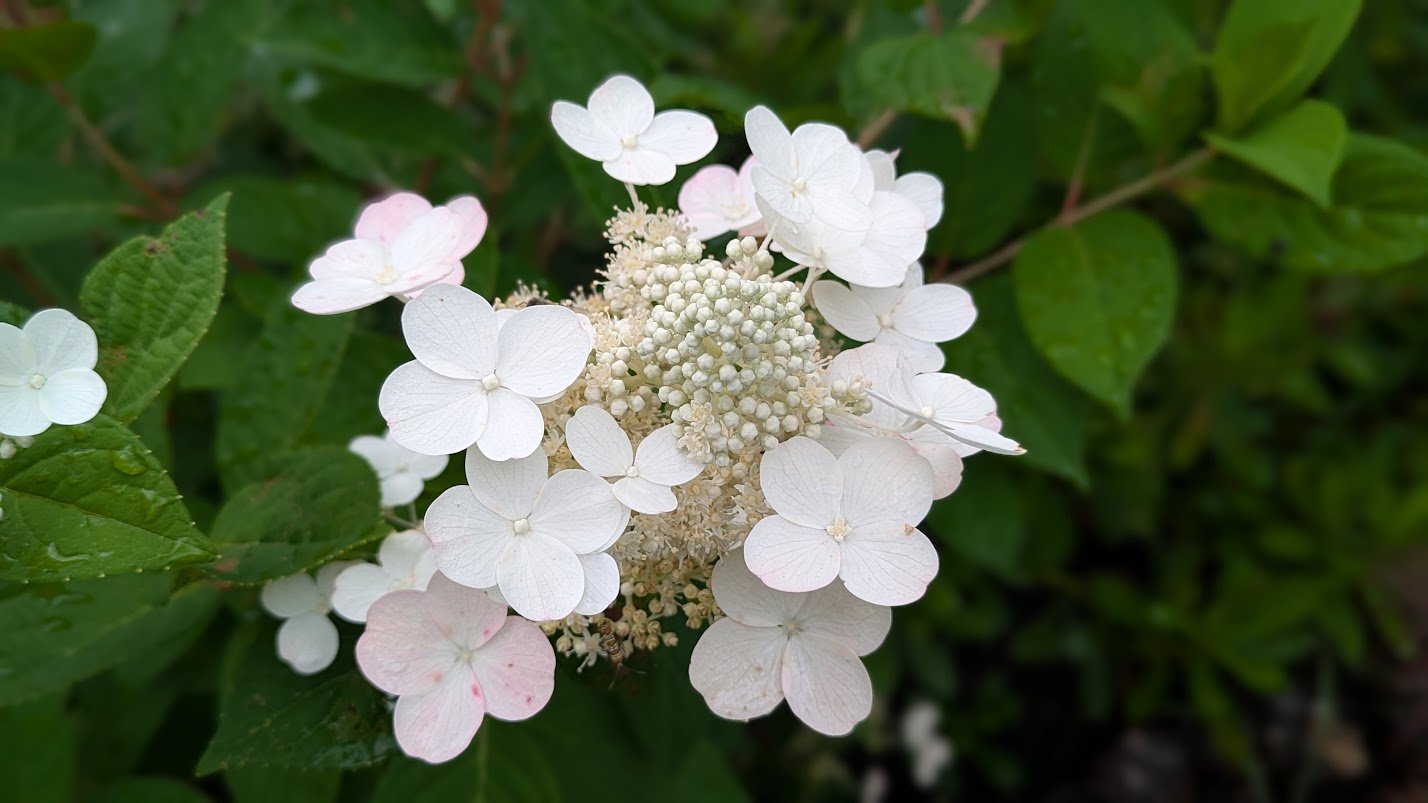
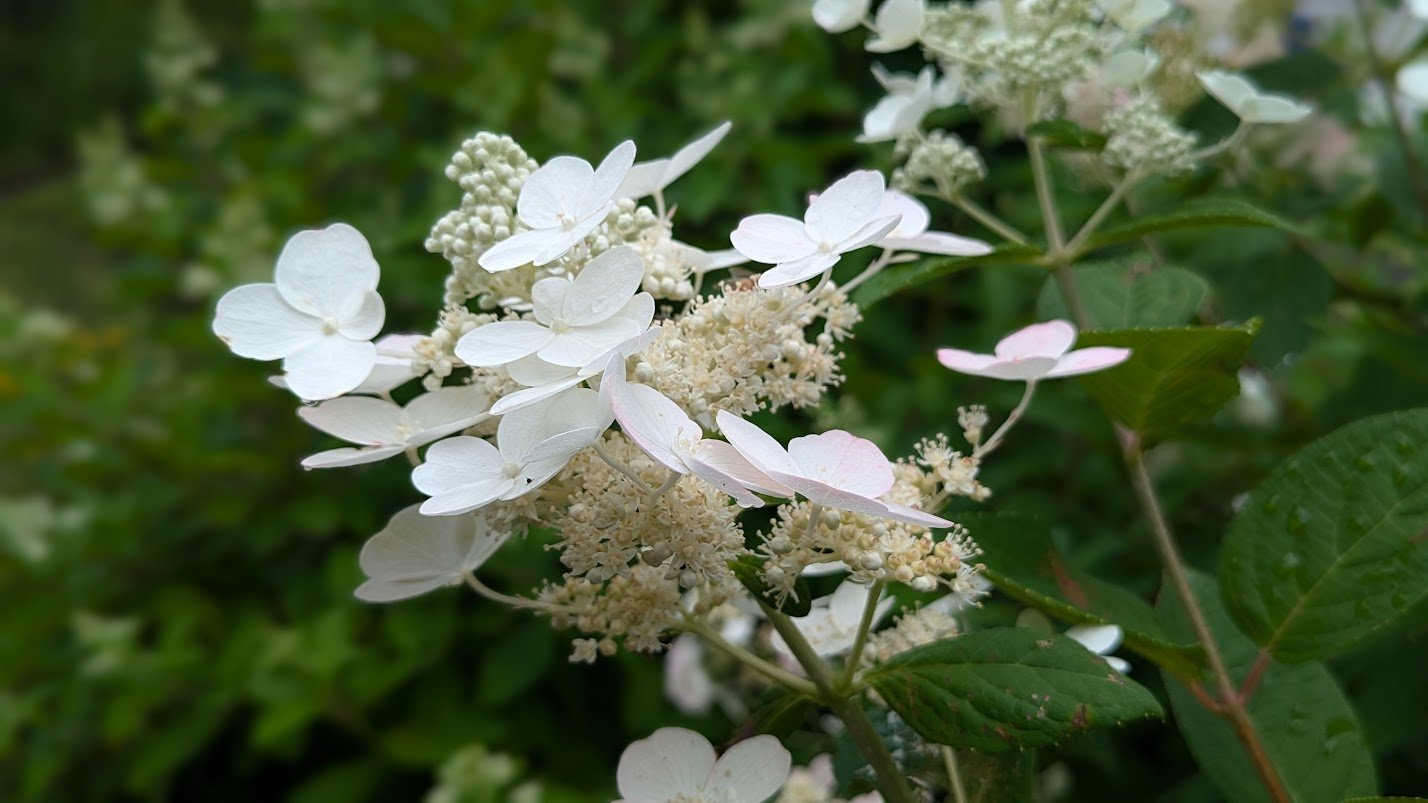
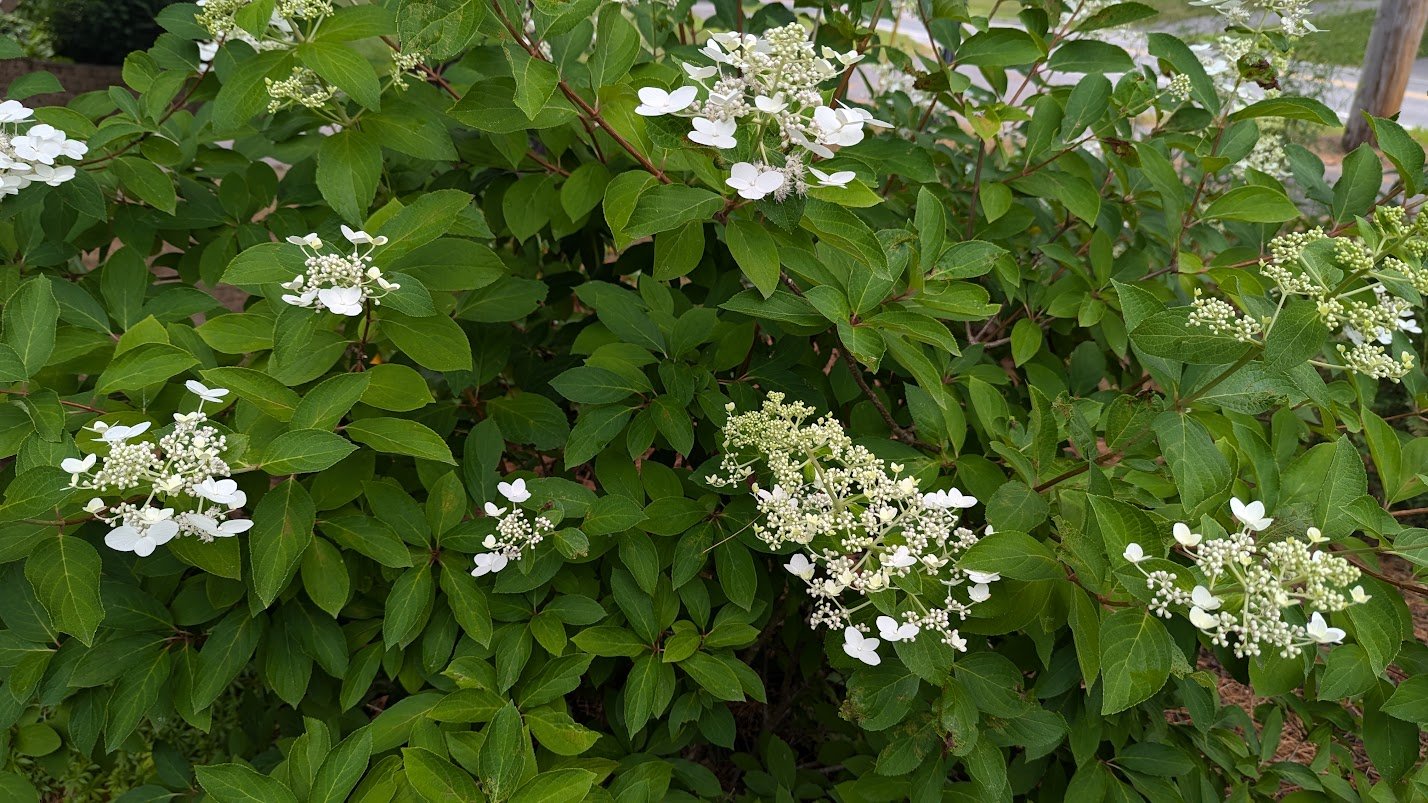



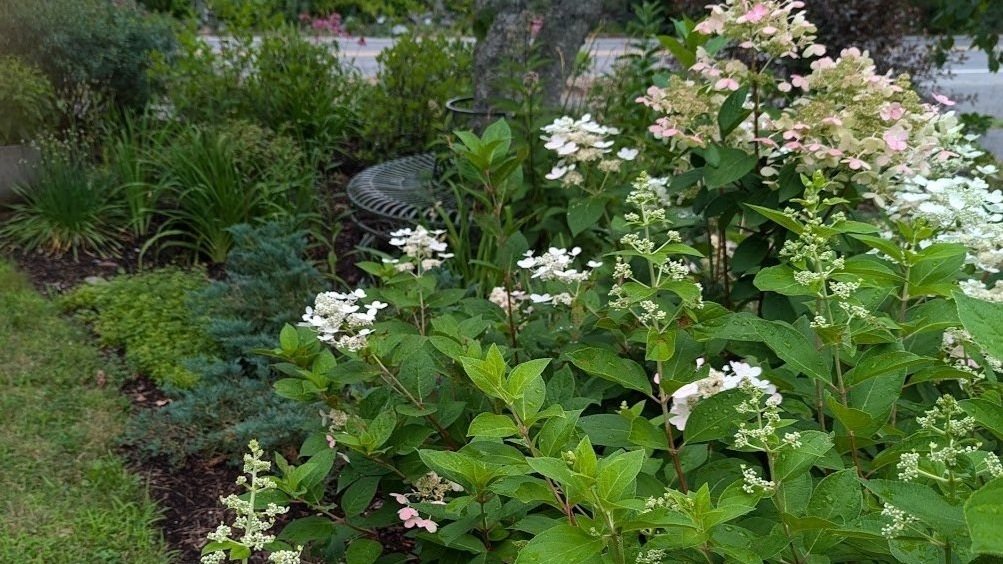
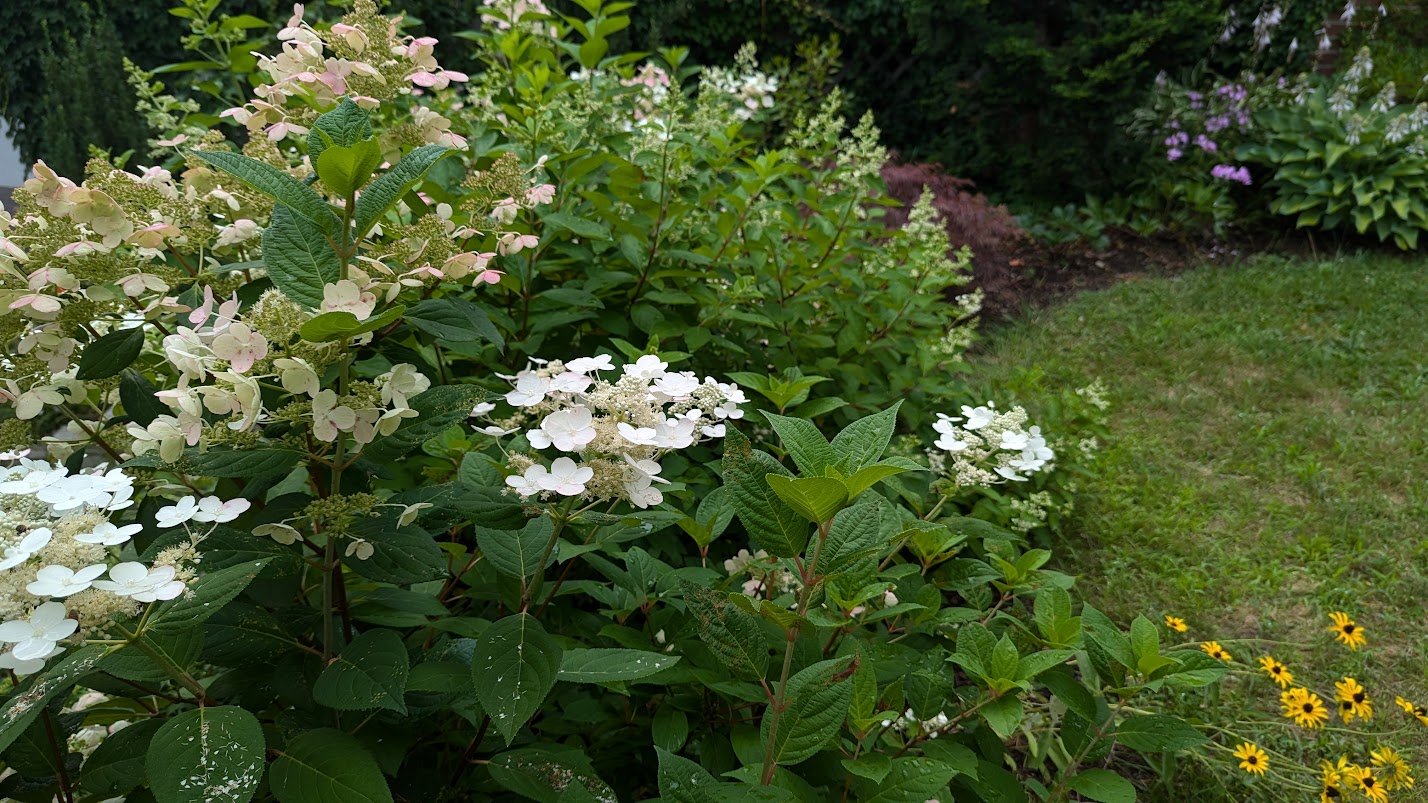
******************************************
HYDRANGEA PANICULATA ATTRIBUTES
Panicle Hydrangeas thrive in full sun or morning sun, a place in the garden that mophead hydrangeas don’t flourish.
They bloom on new growth each summer so prune early in spring. There is also no risk of flower buds being harmed by the cold winter or late frost because they bloom on this years growth.
As the rest of the garden winds down, the fall panicle hydrangeas take center stage.
Flowers can even be left to dry on the plant in the fall and can stay looking good into the winter.
Uses:
* Variety of sizes means there’s a perfect fit for most situations
* Smaller specimens ideal for foundation, mass or container planting
* Larger specimens ideal for hedges and back of the garden
Quick Fire Hydrangea
hydrangea paniculata
**********
Limelight
Limelight Prime
Little Lime
Quick Fire
Little Quick Fire
Bobo (dwarf variety)
Grandiflora
Phantom
Fire Light
Hydrangea paniulata Bobo























